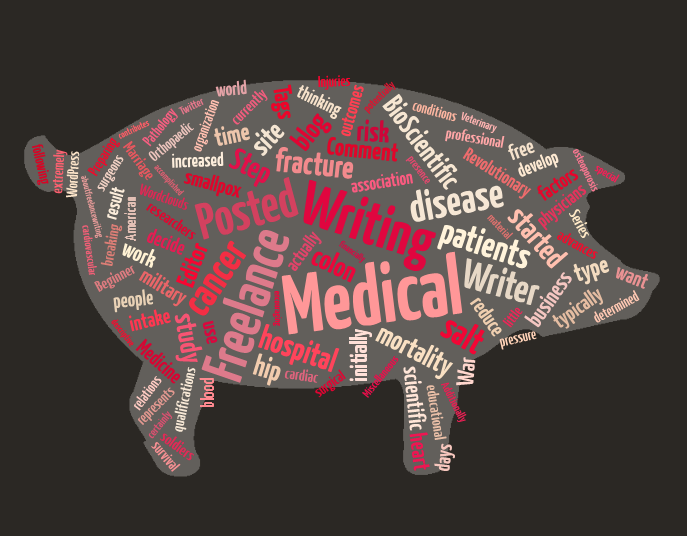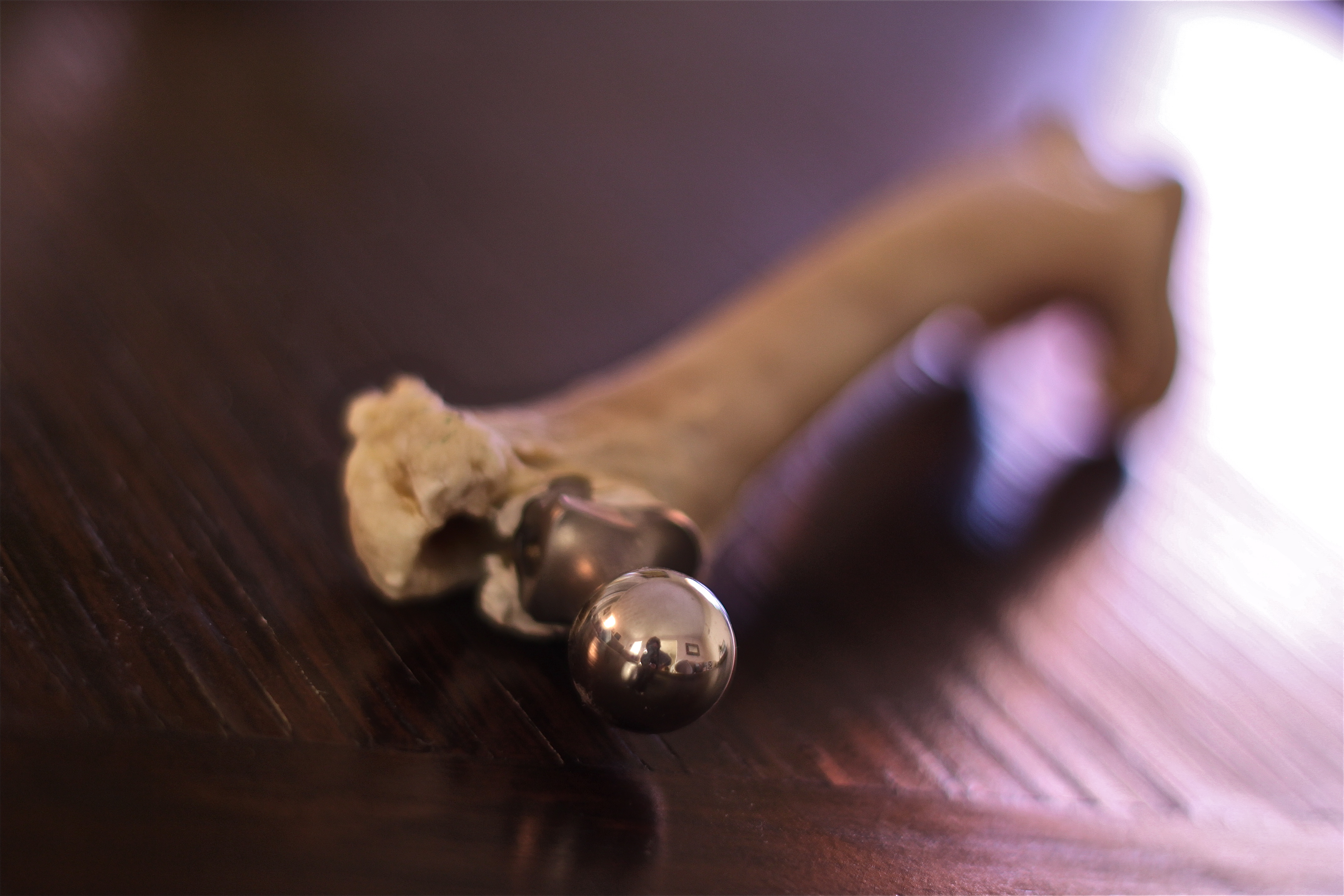Everyone seems to be twitterizing themselves, so I decided to jump on the bandwagon.
Apparently I’m not very chatty, interesting, or enthusiastic – seems I may benefit from more socialization, and less twitterization! I did love the “likely obsession” though – anyone who knows me will know how my cat is my nemesis…….she’s tried to murder me twice…….
And the “gamer” title made me laugh even more – I despise video gaming with a thousand fiery passions!
Have you twitterized yourself yet?












Follow Me!